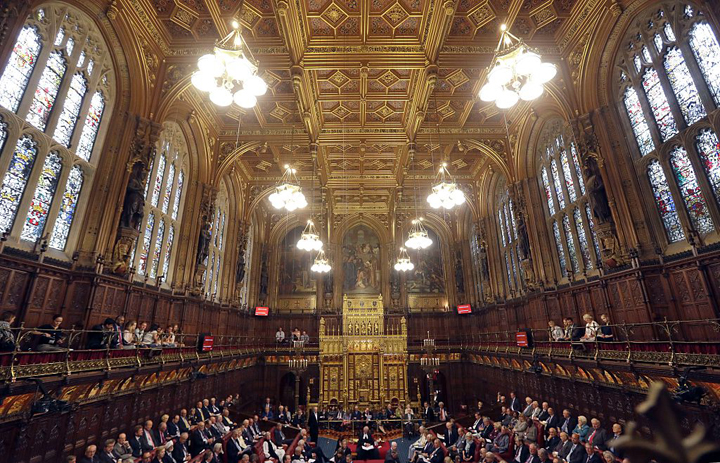LONDON – A committee charged with stopping Britain’s creaky, leaky Parliament from falling down is set to say Thursday whether lawmakers will have to move out for several years so repair work can be done.

The Joint Committee on the Palace of Westminster has been studying options for the 19th-century complex, one of London’s most famous landmarks, which needs work to repair collapsing roofs, crumbling walls and leaking pipes, and to remove asbestos.
READ MORE: What are you doing with that salmon, sir? Some British laws outdated, others timeless

Get daily National news
A study by Deloitte Real Estate last year laid out three options, taking between six and 32 years.
The BBC and other media say the committee will back the shortest timeframe, known as a “full decant.” It would see members of the House of Commons and House of Lords move to temporary premises nearby for six years starting in about 2022.
The plan, estimated to cost about 3.5 billion pounds ($4.7 billion), requires lawmakers’ approval.
READ MORE: What does leaving European Union mean for Britain?
British legislators last moved from their traditional chambers when bombs fell on the building during World War II, setting the House of Commons on fire.
Most of the Parliament complex was built after a major fire razed its predecessor in 1834, though the oldest section, Westminster Hall, is 900 years old.
The Palace of Westminster, as the buildings are officially known, has been designed a World Heritage Site by UNESCO. But its maze of corridors, leaky roofs and antiquated plumbing make it a challenging workplace for some 2,000 politicians and staff, and the stonework on its neo-Gothic exterior is crumbling.







Comments